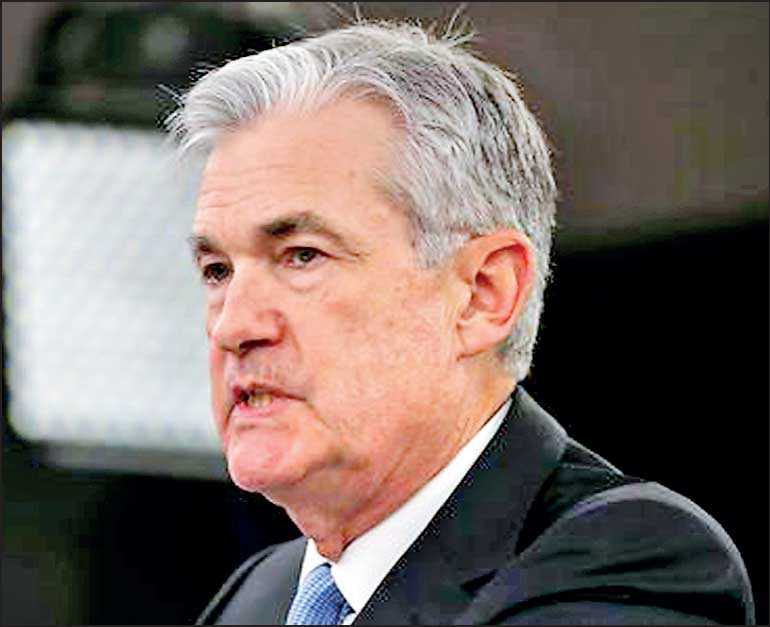Sunday Dec 07, 2025
Sunday Dec 07, 2025
Friday, 22 March 2019 00:00 - - {{hitsCtrl.values.hits}}

WASHINGTON (Reuters): The US Federal Reserve on Wednesday brought its three-year drive to tighten monetary policy to an abrupt end, abandoning projections for any interest rate hikes this year amid signs of an economic slowdown, and saying it would halt the steady decline of its balance sheet in September.
The measures, announced following the end of a two-day policy meeting, mean the Fed’s gradual and sometimes fitful efforts to return monetary policy to a more normal footing will stop well short of what was foreseen in late 2015 when the central bank first moved rates from the near-zero level adopted in response to the 2007-2009 financial crisis and recession.
Having downgraded their US growth, unemployment and inflation forecasts, policymakers said the Fed’s benchmark overnight interest rate, or fed funds rate, was likely to remain at the current level of between 2.25% and 2.50% at least through this year, a wholesale shift of their outlook.
Rates are now seen peaking at 2.6%, sometime in 2020, roughly a percentage point lower than the historic average for the fed funds rate and a sign that the US economy has entered a more sluggish era.
In contrast to projections through much of last year, Fed policymakers no longer see the need to move rates to a “restrictive” level as a guard against inflation, which remains lodged below the central bank’s 2% target.
They also said that as of May they would slow their monthly reduction of as much as $50 billion in asset holdings, and halt them altogether in September, ending what amounted to a second lever of monetary tightening that had run in the background since late 2017.
In terms of interest rates, the new Fed projections knocked the number of hikes expected this year to zero from the two forecast in December, completing a pivot to a less aggressive policy in the face of an apparent jump in economic risks. At least nine of the Fed’s 17 policymakers reduced their outlook for the fed funds rate, a comparatively large number.
“It may be some time before the outlook for jobs and inflation calls clearly for a change in policy,” Fed Chairman Jerome Powell said in a press conference following the policy meeting, at which policymakers reaffirmed they will be “patient” before moving rates again.
“Patient means that we see no need to rush to judgment,” Powell said.
Continued growth and a healthy jobs market remains “the most likely” scenario for the US economy, the Fed’s rate-setting committee said in a policy statement on Wednesday.
But doubts have accumulated, with a slowdown in household spending and business investment at the start of this year possibly signaling an early end to a growth spurt triggered in 2018 by a massive tax cut package and government spending.
The economic projections released on Wednesday showed policymakers at the median see the US economy growing only 2.1% in 2019, a full percentage point below the roughly 3% growth that was seen in 2018 and which the Trump administration contends will continue.